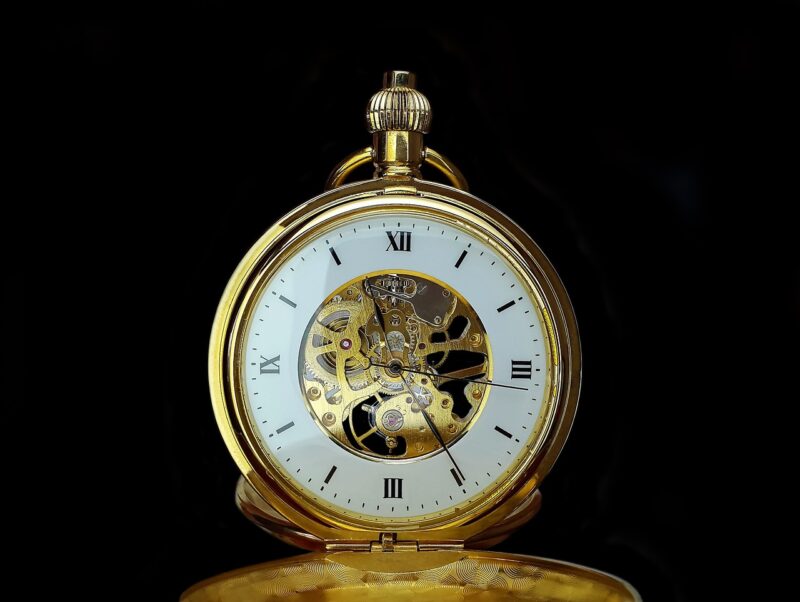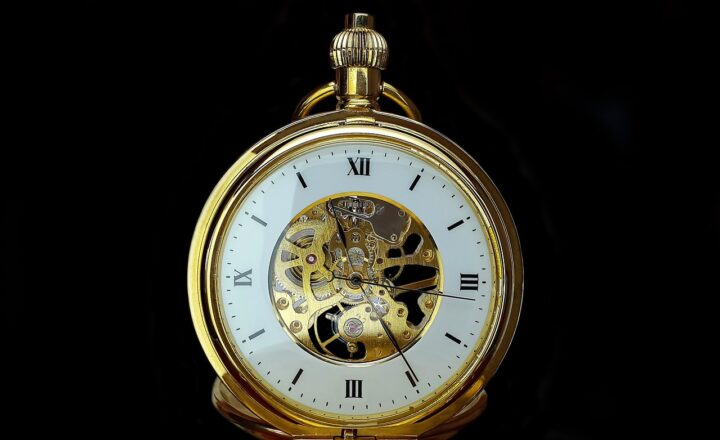
Clocks as we know them today have become integral to our daily lives, governing everything from our work schedules to our social interactions. But before the intricate mechanisms that dictate our lives, timekeeping in Medieval Europe was a fascinating journey of innovation and societal transformation. This article delves into the inception of the first clocks and their profound influence on timekeeping in Medieval Europe.
1. The Historical Context of Timekeeping
Understanding the revolution brought about by the first mechanical clocks requires a brief overview of how people perceived and measured time prior to their invention. In the early Medieval period, about 500 to 1000 AD, time was largely determined by natural cycles. The rising and setting of the sun, the changing seasons, and the sound of church bells organized daily life.
– Sundials and Water Clocks: The earliest tools for measuring time were sundials and water clocks. Sundials relied on the position of the sun, while water clocks (or clepsydra) measured time through the regulated flow of water.
– Limited Accuracy: These methods, while innovative, were limited in their accuracy. Moreover, they did not cater to the needs of those who required more precise time management, especially in burgeoning cities and trade centers.
The emergence of more sophisticated timekeeping methods was essential as the socio-economic climate of Europe began to change.
2. The Birth of Mechanical Clocks
The transition from sundials and water clocks to mechanical clocks signified a turning point in the quest for accurate time measurement. The first mechanical clocks appeared in Italian monasteries in the late 13th century, with the clock in Salisbury Cathedral, constructed in 1386, often cited as one of the earliest surviving examples.
– Innovative Mechanisms: Unlike their predecessors, mechanical clocks used gears, weights, and escapements to mitigate time measurement errors. These mechanisms allowed clocks to maintain a consistent pace without depending on natural phenomena.
– The Role of Monasteries: Monasteries played a crucial role in the development of these early clocks. Monks required precise timekeeping to coordinate their daily prayers and activities, thus incentivizing the innovation of mechanical timepieces.
The introduction of mechanical clocks paved the way for greater societal organization, communication, and productivity.
3. The Influence of Clocks on Society and Daily Life
The advent of mechanical clocks brought about significant changes in various aspects of Medieval life. They not only transformed how people understood time but also significantly influenced urban planning and daily routines.
– Urban Centers and Commerce: As cities grew in stature, clocks became central to urban spaces, often adorning town squares and churches. This accessibility democratized timekeeping, allowing merchants and citizens to synchronize their activities, enhancing trade and market operations.
– Shift in Work Patterns: Rigid working hours began to replace the flexible schedules dictated by natural timekeeping. Artisans, laborers, and the increasingly engaged middle class adapted to a more regimented lifestyle focused around clock time.
– Social Stratification: The ability to measure time accurately also highlighted disparities between social classes. While the wealthy could afford elaborate clocks, the less fortunate relied on public timepieces, emphasizing class distinctions.
These shifts brought about by mechanical clocks laid the groundwork for the modern conception of time.
4. The Cultural Impact of Clocks
The introduction of clocks into Medieval Europe was not solely a technical advancement; it also instigated cultural changes that reverberated through literature, philosophy, and art.
– Philosophical Reflections: The precision of clocks prompted philosophical debates on the nature of time, existence, and mortality. Writers and thinkers, from Chaucer to Augustine, began discussing time in new contexts.
– Literature and Art: The imagery of clocks and time became prominent in artistic and literary endeavors. Artists depicted clocks in their artworks, symbolizing the debate between the fleeting nature of life and the pursuit of immortality.
As society continued to evolve, clocks began to represent not only the passage of time but also humanity’s relationship with it.
5. The Technological Evolution of Clocks
As the Renaissance approached, the technology behind clock-making saw significant advancements. Various innovations led to more intricate designs and reliable timekeeping.
– Spring-Driven Clocks: The invention of the spring-driven clock in the 15th century allowed for greater portability, enabling timepieces to move beyond public spaces into homes. This marked a pivotal point in making timekeeping a personal experience.
– The Pendulum Clock: The introduction of the pendulum clock in the 17th century, developed by Christiaan Huygens, revolutionized accuracy, reducing errors in timekeeping significantly.
These developments marked not only a continued interest in measuring time but also showcased the human ingenuity that propelled advancements in science and technology.
Conclusion
The emergence of mechanical clocks in Medieval Europe represented a defining moment in the history of timekeeping. They revolutionized daily life and societal organization, prompting new ways of thinking about time and its passing. As society progressed into the Renaissance and beyond, the quest for precision and control over time continued, leading to innovations that would shape the modern world.
When we gaze at a clock today, it is important to recognize the multi-faceted journey of human endeavor that made precise timekeeping possible. From the bustling towns of Medieval Europe to our digital age, the clock remains a testament to our relationship with time and our persistent quest for understanding and mastery over it.







